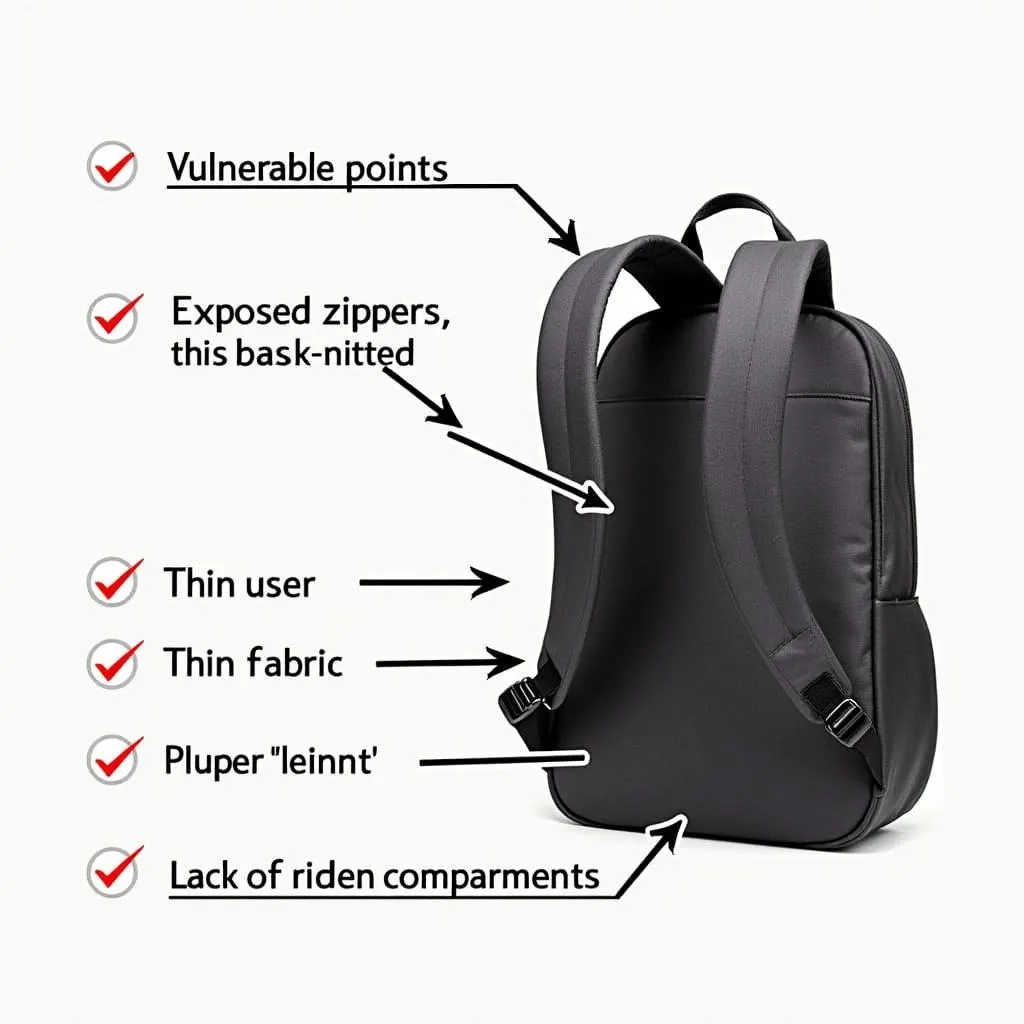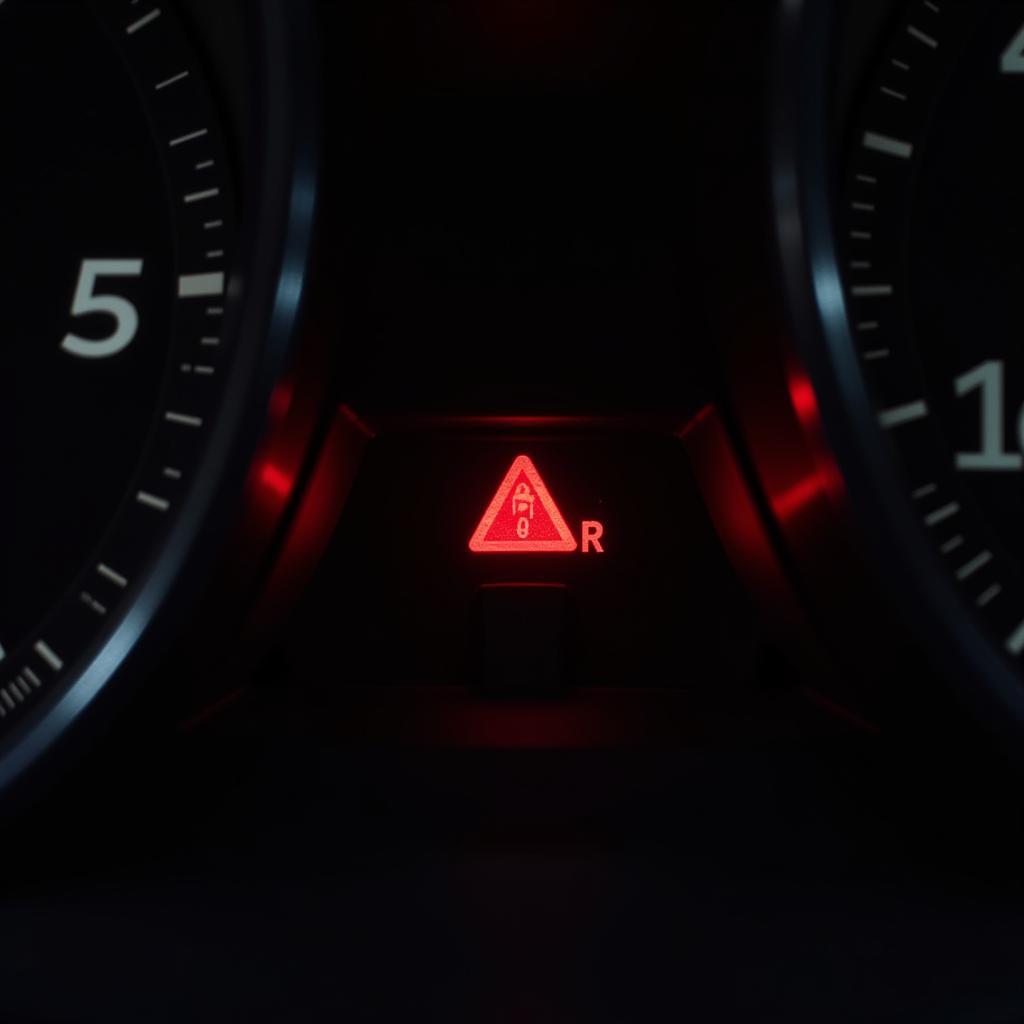The Mazda 3 Smart City Brake Support (SCBS) system is a valuable safety feature designed to help prevent or mitigate collisions. However, if the SCBS warning light comes on, it can be a cause for concern. This article will delve into the common reasons behind this warning light and offer solutions to help you address the issue.
Understanding the Mazda 3 SCBS System
The Mazda 3 SCBS system utilizes sensors to detect potential hazards ahead, such as vehicles or pedestrians. If the system detects an imminent collision risk, it automatically applies the brakes to help prevent or reduce the severity of an accident. The system is designed to work at speeds up to approximately 20 mph, although its effectiveness can vary depending on factors such as road conditions and visibility.
Common Reasons for the Mazda 3 SCBS Warning Light
The SCBS warning light can illuminate for a variety of reasons, including:
- Sensor Malfunction: The sensors responsible for detecting obstacles can become faulty, causing inaccurate readings.
- Dirt or Debris: The sensors can be blocked by dirt, debris, or snow, impairing their ability to function correctly.
- Electrical Issues: A wiring problem or a faulty electrical component can disrupt the SCBS system.
- Low Brake Fluid: If the brake fluid level is low, it can trigger the SCBS warning light.
- Damaged Brake Components: Worn or damaged brake pads, rotors, or calipers can affect the functionality of the SCBS system.
- System Calibration Issue: Occasionally, the SCBS system may require calibration, which can be performed by a qualified technician.
- Software Glitch: While rare, software glitches can sometimes cause the SCBS warning light to come on.
Troubleshooting the Mazda 3 SCBS Warning Light
If the SCBS warning light illuminates, here’s a step-by-step approach to troubleshooting the issue:
- Check the Sensor: Begin by examining the sensors located on the front bumper. Look for any visible dirt, debris, or obstructions. Gently clean the sensors with a soft cloth and mild soap if necessary.
- Inspect the Brake Fluid Level: Check the brake fluid level in the reservoir. If it’s low, top it off with the correct type of brake fluid. Consult your owner’s manual for the recommended fluid type.
- Evaluate the Brake System: Inspect the brake pads, rotors, and calipers for any signs of wear, damage, or corrosion. If necessary, have them inspected and replaced by a qualified mechanic.
- Contact a Mazda Dealer or Authorized Repair Shop: If the SCBS warning light persists after checking the sensor, brake fluid level, and brake system, it’s recommended to consult a Mazda dealer or an authorized repair shop.
Expert Tip from Dr. Michael Roberts, Certified Automotive Technician: Always use a professional-grade brake fluid cleaner when cleaning the sensors. Avoid using harsh chemicals that could damage the delicate sensor components.
Importance of Addressing the SCBS Warning Light
Ignoring the SCBS warning light can be dangerous. It’s a sign that the system is not functioning properly, potentially leaving you vulnerable in a collision situation. Taking action to address the issue is crucial for maintaining safety on the road.
Frequently Asked Questions (FAQ)
Q: Can I drive my Mazda 3 with the SCBS warning light on?
A: While you may be able to drive your vehicle with the SCBS warning light on, it’s not advisable. The warning light indicates a potential problem with the safety system, and driving with a compromised SCBS can put you at risk.
Q: How much will it cost to fix the SCBS system?
A: The cost of repairs can vary depending on the cause of the issue. Simple solutions like cleaning the sensors may be relatively inexpensive, while more complex problems like a sensor malfunction or a software glitch could require more substantial repairs.
Q: Will insurance cover the repair of the SCBS system?
A: Most comprehensive insurance policies cover repairs related to safety systems, including the SCBS. However, it’s best to review your specific insurance policy to confirm coverage.
Q: What is the difference between the SCBS and the Advanced Smart City Brake Support (i-ACTIVSENSE) system?
A: The Advanced Smart City Brake Support (i-ACTIVSENSE) system builds upon the SCBS by incorporating additional features, such as pedestrian detection, forward collision warning, and lane departure warning.
Q: How can I prevent the SCBS warning light from coming on in the future?
A: Regular maintenance, including inspections of the sensors, brake fluid level, and brake system, can help to prevent the SCBS warning light from coming on. It’s also recommended to have the SCBS system calibrated periodically by a qualified technician.
Conclusion
The Mazda 3 SCBS warning light is a serious indicator that demands attention. Addressing the issue promptly is crucial for maintaining vehicle safety. By following the troubleshooting steps outlined in this article, you can identify the root cause of the problem and ensure your SCBS system is functioning correctly. Remember, driving with a malfunctioning safety system can be dangerous, so seek professional assistance if you are unable to resolve the issue yourself.


